GPCR/G protein

All GPCRs share a common seven trans-membrane structure. GPCRs are associated with heterotrimeric G-proteins which are GTP-binding proteins made of alpha, beta, and gamma subunits. When a ligand binds to GPCR, it activates the attached G-protein, the GDP is replaced with GTP. The activated G-protein then dissociates into an alpha and a beta-gamma complex which activates downstream signaling pathways. These intracellular signaling pathways include cAMP/PKA, calcium/NFAT, phospholipase C, protein tyrosine kinases, MAP kinases, PI-3-kinase, nitric oxide/cGMP, Rho, and JAK/STAT.
GPCRs are one of the most important therapeutic targets for various diseases, over 30% of all modern medicinal drugs target this family. Aberrant GPCR functions are involved in pathological conditions such as neurological, immunological and hormonal disorders. A large number of GPCRs have been identified, but whose ligands are not known, are classified as orphan receptors.
-
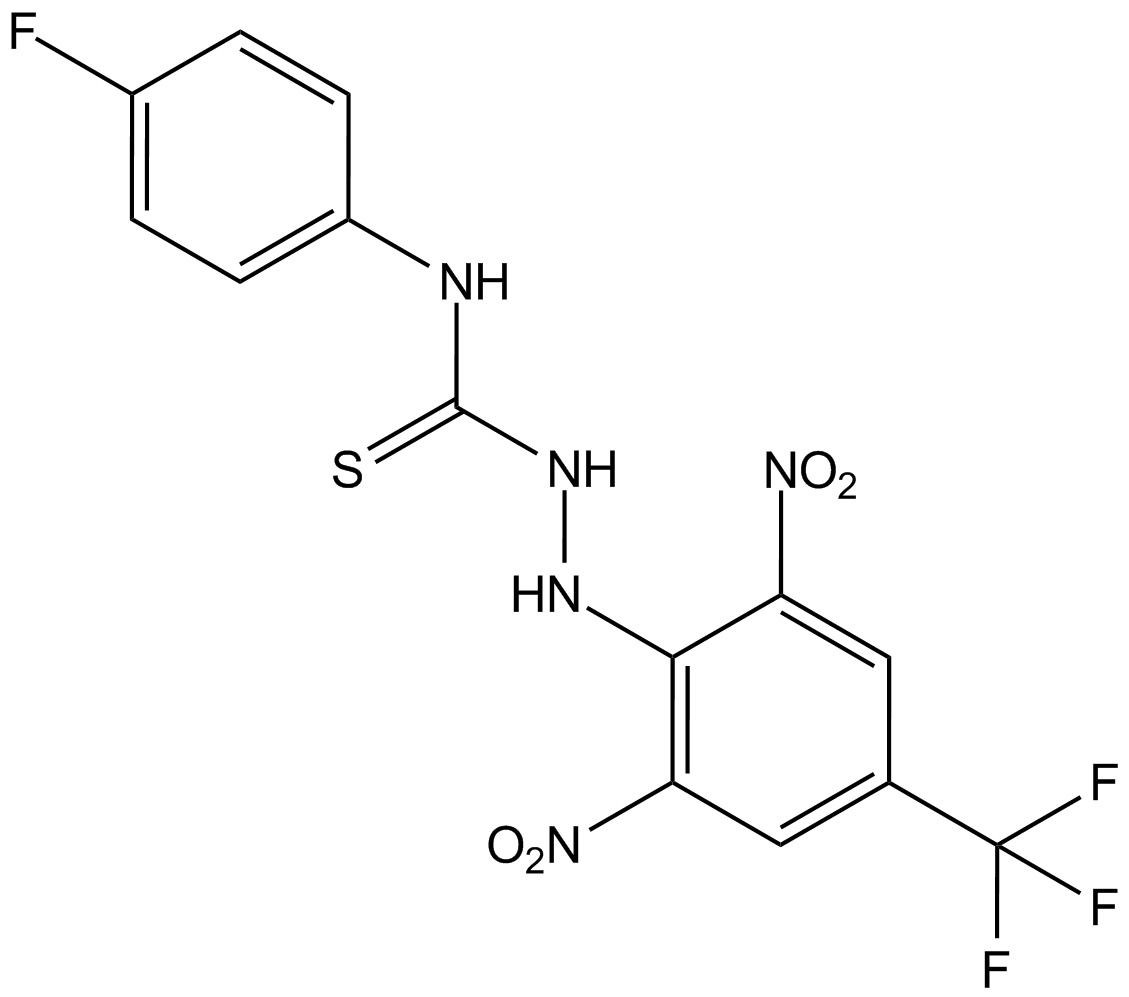 B3587 kobe2602Summary: Ras inhibitor
B3587 kobe2602Summary: Ras inhibitor -
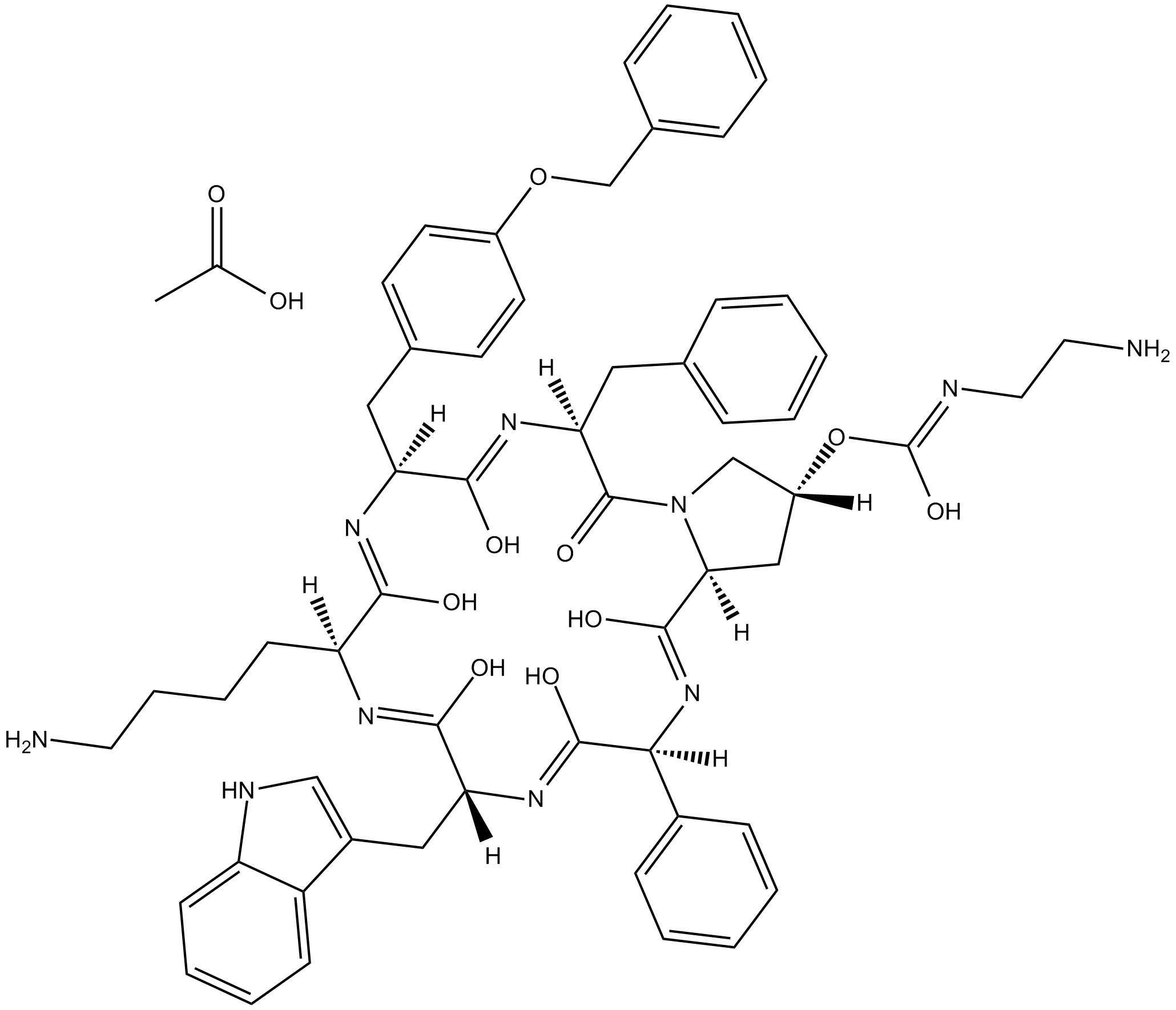 B3596 Pasireotide AcetateTarget: Somatostatin ReceptorsSummary: stable cyclohexapeptide somatostatin mimic
B3596 Pasireotide AcetateTarget: Somatostatin ReceptorsSummary: stable cyclohexapeptide somatostatin mimic -
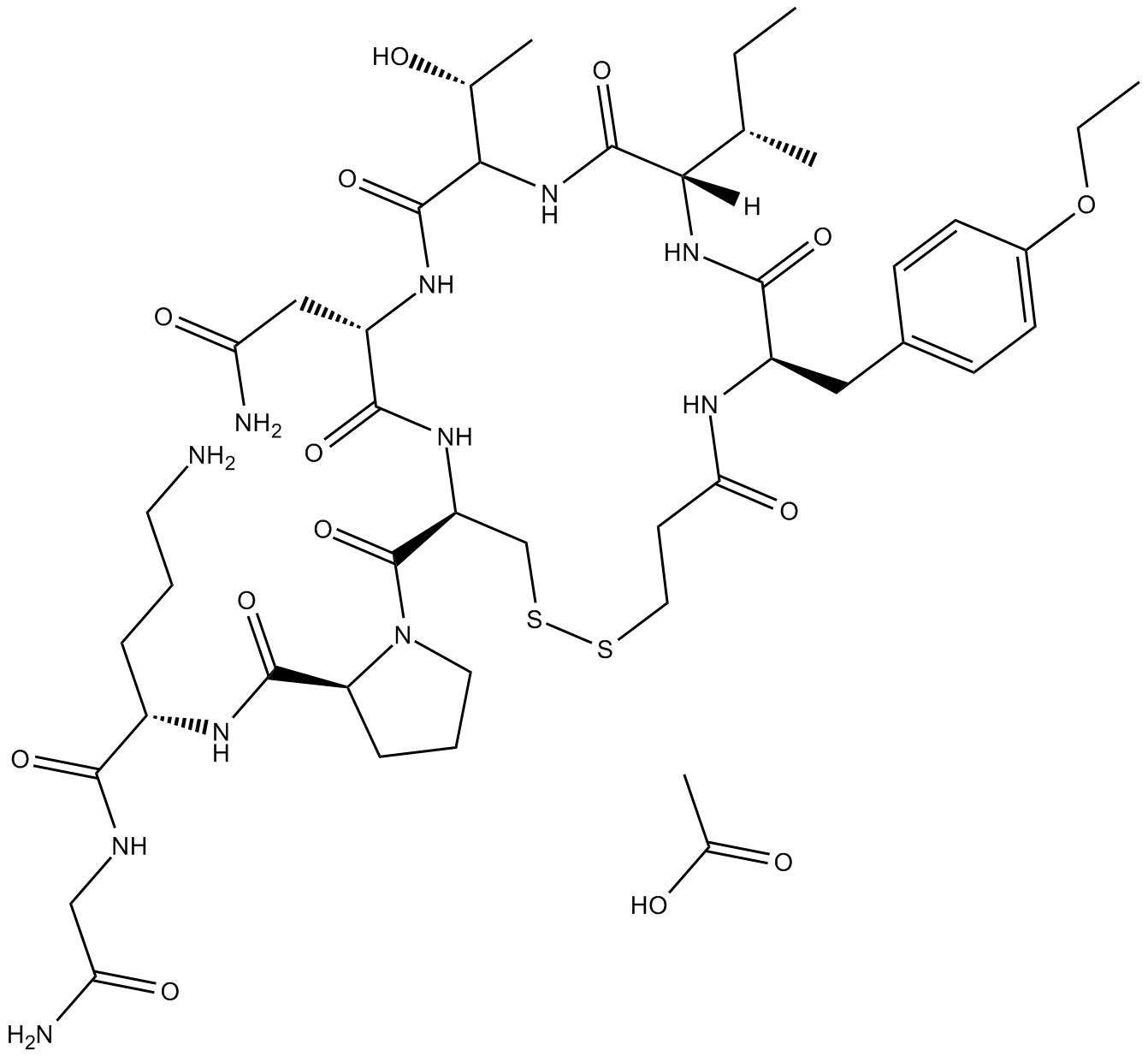 B3631 Atosiban acetateSummary: mixed antagonist of oxytocin and vasopressin receptors
B3631 Atosiban acetateSummary: mixed antagonist of oxytocin and vasopressin receptors -
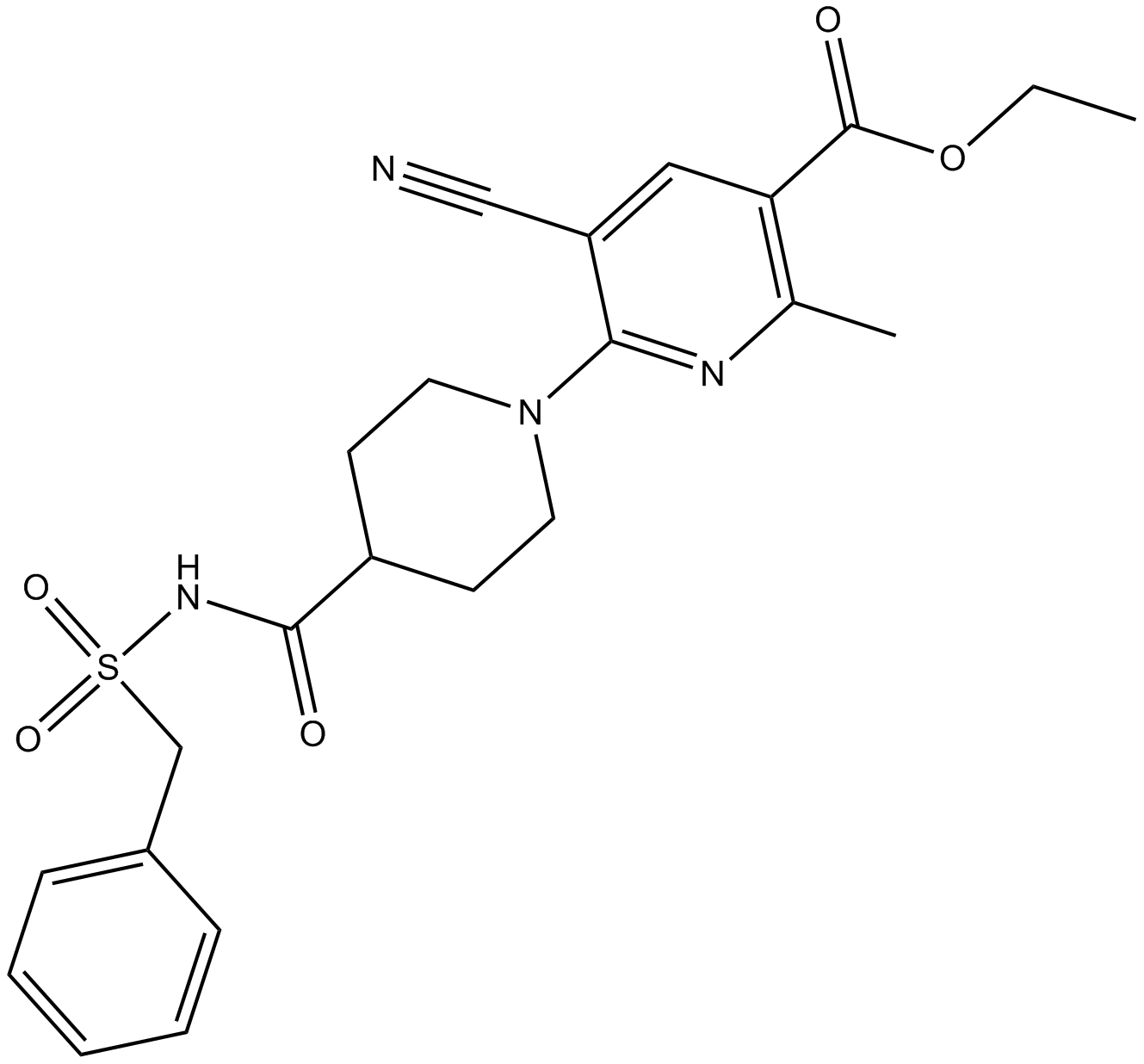 B4634 AZD1283Target: Purinergic (P2Y) ReceptorsSummary: Potent P2Y12 antagonist
B4634 AZD1283Target: Purinergic (P2Y) ReceptorsSummary: Potent P2Y12 antagonist -
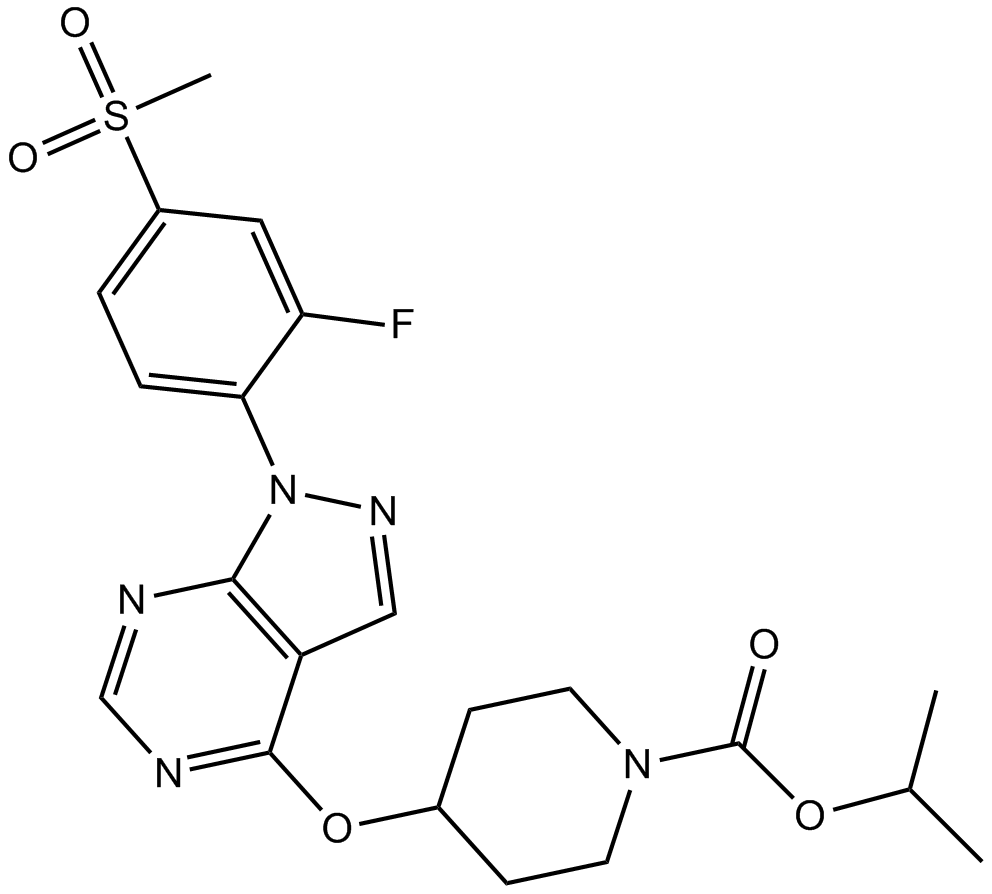 B4671 APD668Summary: Potent GPR119 agonist
B4671 APD668Summary: Potent GPR119 agonist -
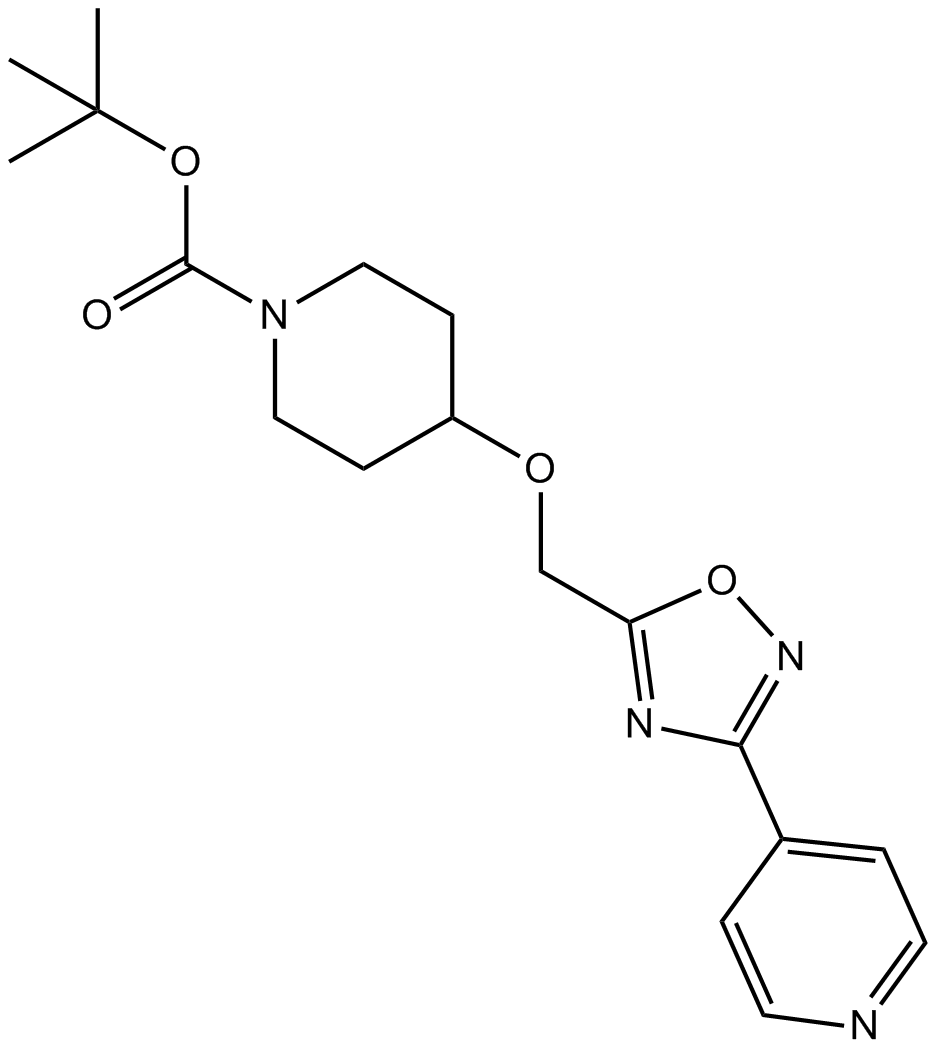 B4694 PSN632408Summary: Human and mouse GPR119 agonist
B4694 PSN632408Summary: Human and mouse GPR119 agonist -
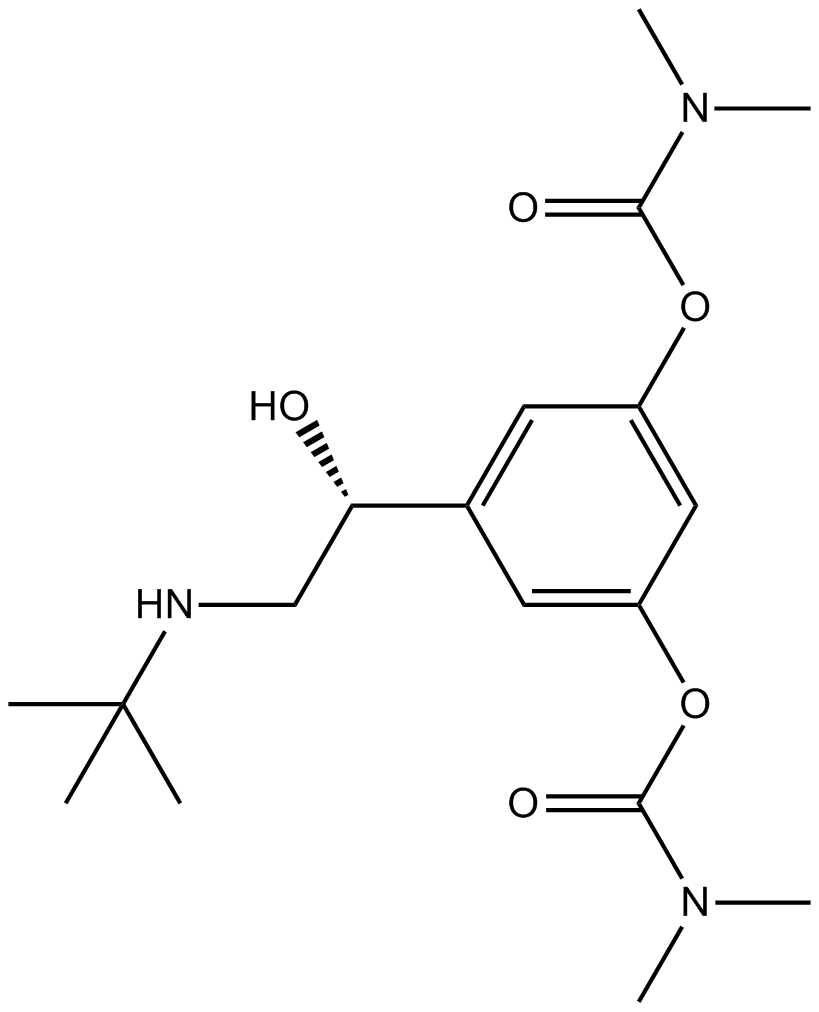 B4719 BambuterolSummary: long acting beta-adrenoceptor agonist
B4719 BambuterolSummary: long acting beta-adrenoceptor agonist -
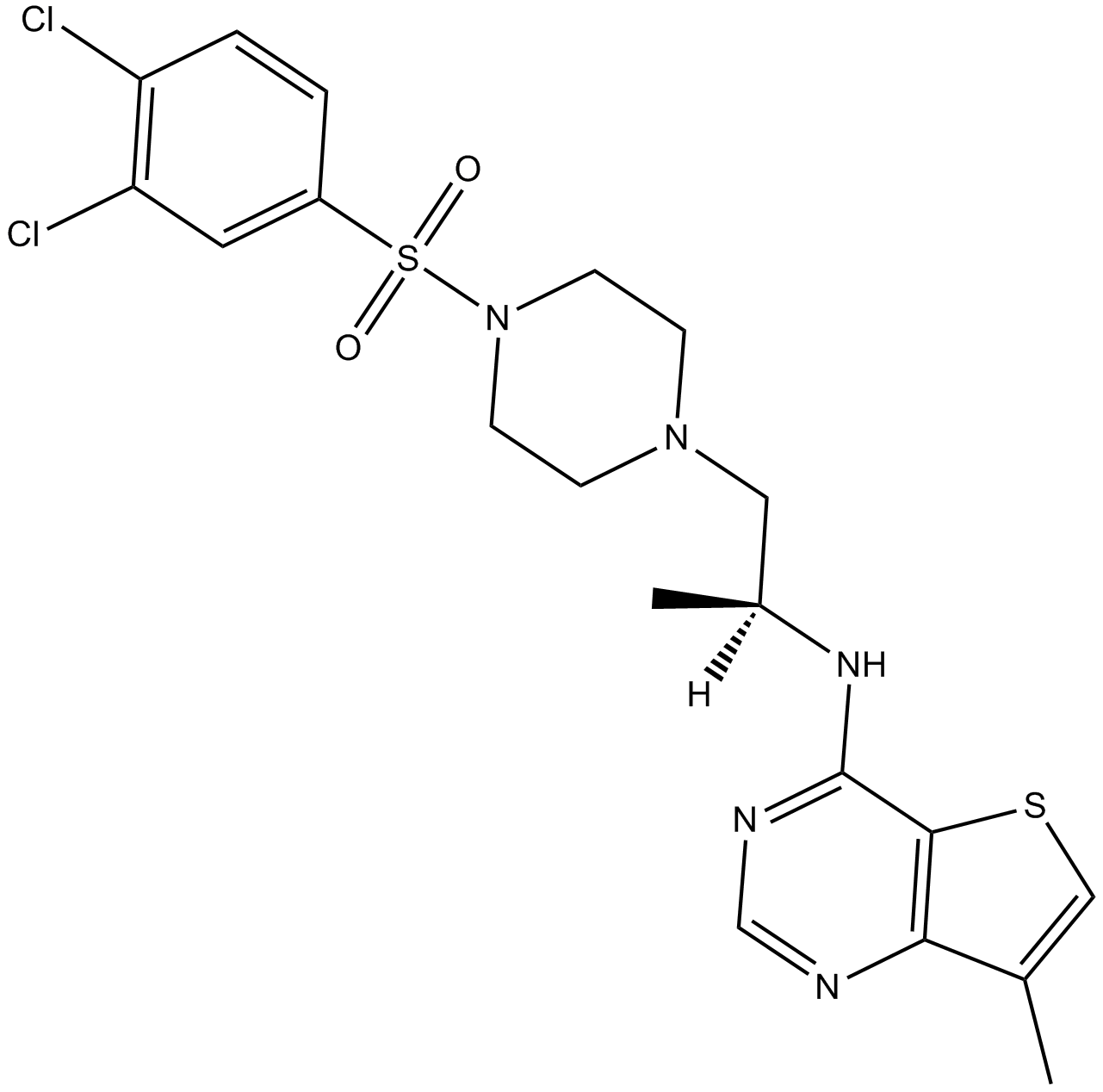 B4726 LPA2 antagonist 1Summary: selective inhibitor of LPA2 activity
B4726 LPA2 antagonist 1Summary: selective inhibitor of LPA2 activity -
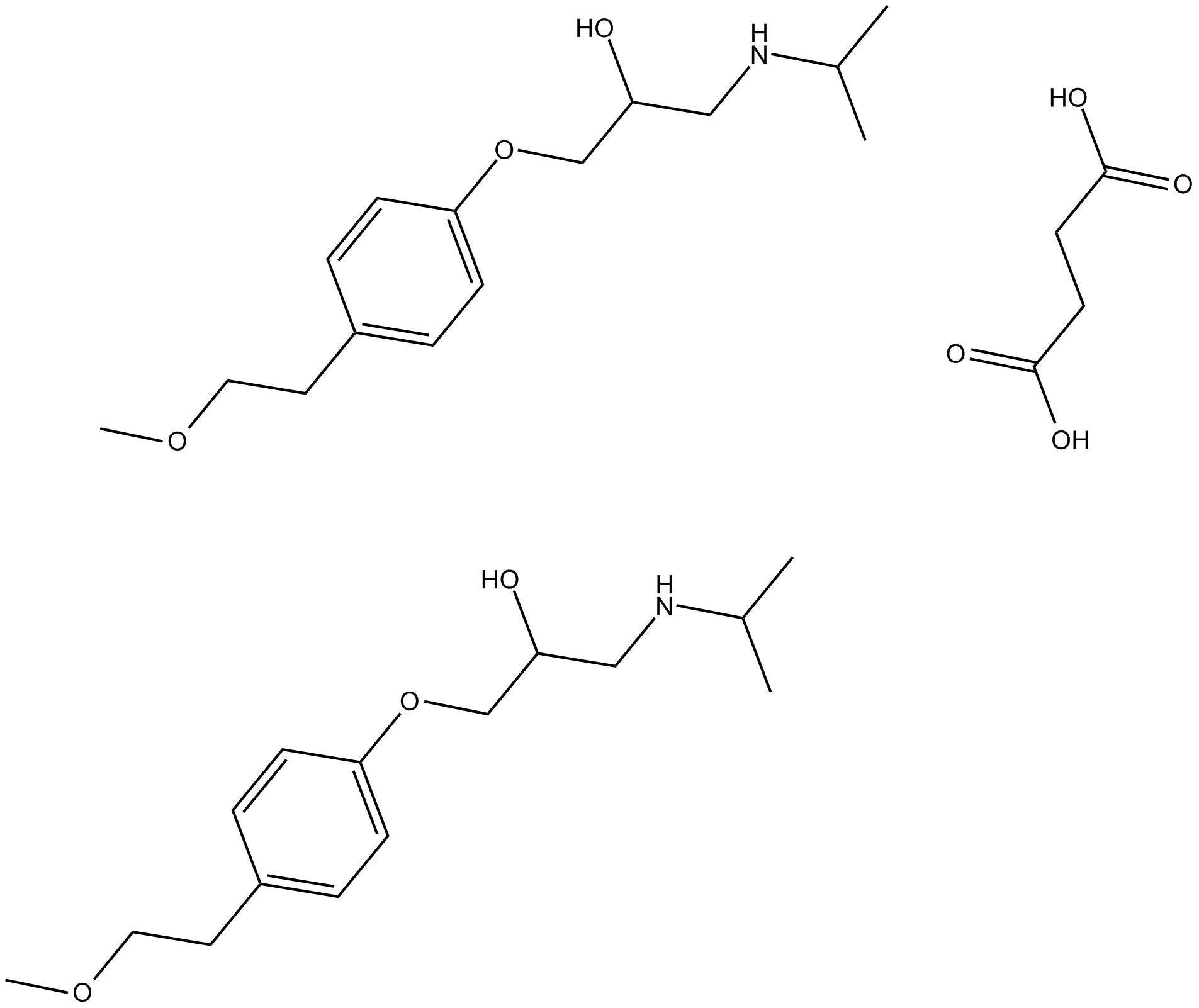 B6022 Metoprolol SuccinateSummary: beta-1 selective adrenergic receptor antagonist
B6022 Metoprolol SuccinateSummary: beta-1 selective adrenergic receptor antagonist -
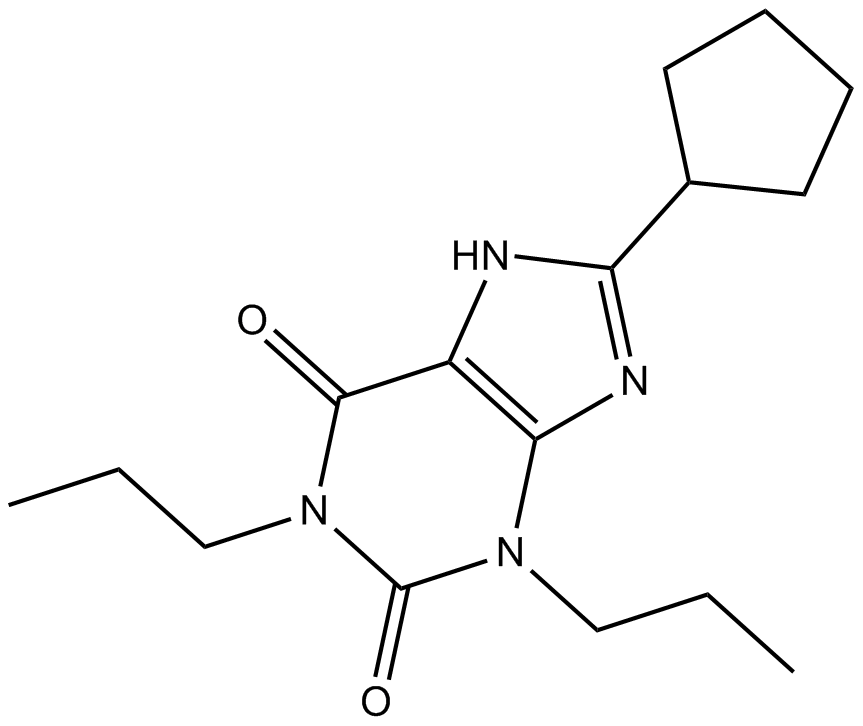 B6305 DPCPXSummary: A1 adenosine receptor antagonist
B6305 DPCPXSummary: A1 adenosine receptor antagonist

